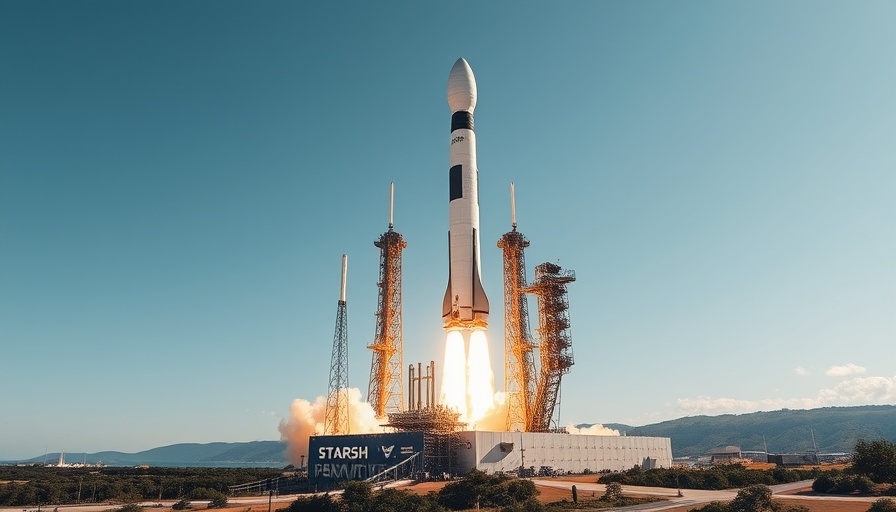
A Lifeline for General Fusion: What the New Funding Means for Clean Energy
In a significant development for the clean energy sector, General Fusion, a Canadian startup specializing in nuclear fusion energy, has secured a $22 million funding boost from existing investors. The funding comes at a crucial time for the company, which had laid off 25% of its workforce in May 2025 amidst financial difficulties. This investment offers a glimmer of hope and critical breathing room as the firm works on reaching important scientific milestones.
The Importance of Fusion Energy
Nuclear fusion is heralded as the holy grail of clean energy, promising an efficient and sustainable energy source without the long-term waste problems associated with traditional nuclear power. By replicating the processes that power the sun—fusing lightweight hydrogen isotopes—fusion energy has the potential to provide nearly limitless energy. While progress has been slow, advancements in technology are critical to overcoming the scientific and economic challenges that have plagued the industry for decades.
Challenges Faced by General Fusion
Despite the recent funding round, General Fusion's situation remains precarious. Before this investment, the company was seeking $125 million to continue its ambitious projects, which had already amassed a total of $440 million in prior funding. Investors participating in this “pay to play” round included Chrysalix Venture Capital, Gaingels, and others who were compelled to invest in order to maintain their ownership stakes. Adam Rodman, Chief Investment Officer at Segra Capital, described the $22 million as the minimum necessary to keep the lights on for the moment.
The Path Ahead for Fusion Technology
The injection of cash gives General Fusion the means to operate its latest prototype, the Lawson Machine 26 (LM26), a half-scale model designed to test various aspects of fusion technology. As the company hones in on the next scientific milestones, this prototype will play a key role in proving the viability of fusion as a mainstream energy source.
Future Predictions for Fusion Energy
Looking ahead, the investment landscape for fusion energy looks cautious but optimistic. Companies in this sector are recognizing the increasing demand for sustainable energy solutions amidst global concerns over climate change and carbon emissions. Experts project that as technology advances and operational costs decrease, fusion energy could transition from experimental to commercial viability within the next two decades.
Investor Sentiment and the Broader Tech Landscape
The challenges facing General Fusion mirror broader trends in the startup ecosystem, particularly in the tech realm, where innovation often requires substantial upfront capital and perseverance. Investors are increasingly focused on sustainable solutions, setting the stage for companies that can innovate within the clean energy sector. The recent investment not only indicates faith from existing investors but showcases a growing trend toward backing companies that prioritize long-term impact over quick returns.
Challenges and Reality Check for Startups
While this funding serves as a lifeline, it also raises questions about the scalability and market readiness of fusion technology. The $22 million may cover some immediate needs but speaks volumes about the reality that many startups face: the need for continued support and validation before reaching the point of profitability. As General Fusion progresses, it will face the challenge of maintaining momentum while navigating the evolving energy landscape.
Conclusion: The Critical Role of Innovation in Energy
General Fusion’s journey is a testament to the challenges and opportunities that characterized the tech industry's pursuit of groundbreaking innovations. As investors look for the next big thing in sustainable energy, the fusion sector will remain in the spotlight. The future of energy could depend on their success in achieving a breakthrough, blending technological ambition with practical implementation strategies that address today’s urgent climate concerns.
For those following developments in energy technology, keeping an eye on General Fusion’s progress could offer valuable insights into the future of sustainable solutions.
 Add Row
Add Row  Add
Add 



Write A Comment